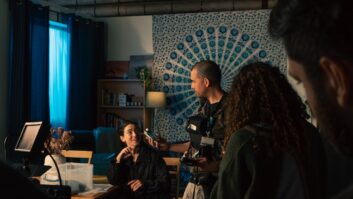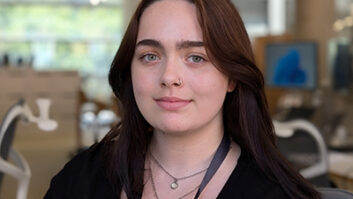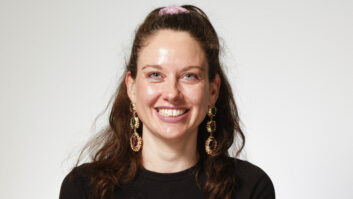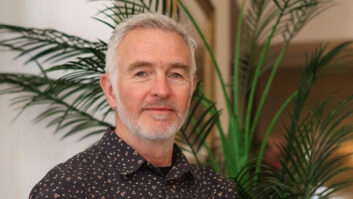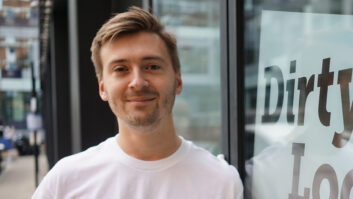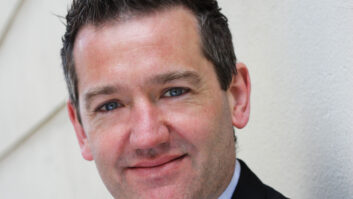Affording viewers a much welcome distraction from the global pandemic, the release of BBC and Hulu’s romantic drama series, Normal People, couldn’t have been better timed.
Produced by Oscar and BAFTA award winning production company, Element Pictures (The Favourite, Room, The Lobster) the will-they-won’t-they relationship between Irish teens, Marianne and Connell, was highly praised when first broadcast to US and UK audiences.
In fact, the BBC revealed that Normal People has beaten Killing Eve’s record in terms of total viewer requests on iPlayer, already reaching 54 million requests.
Starzplay has now acquired the series, where it will be available to watch across Europe this summer.
Staying True to Fiction
Adapted by Sally Rooney alongside writers Alice Birch and Mark O’Rowe, Normal People tracks the tender but complicated relationship of Marianne and Connell from the end of their school days in a small-town in the west of Ireland to their undergraduate years at Trinity College.
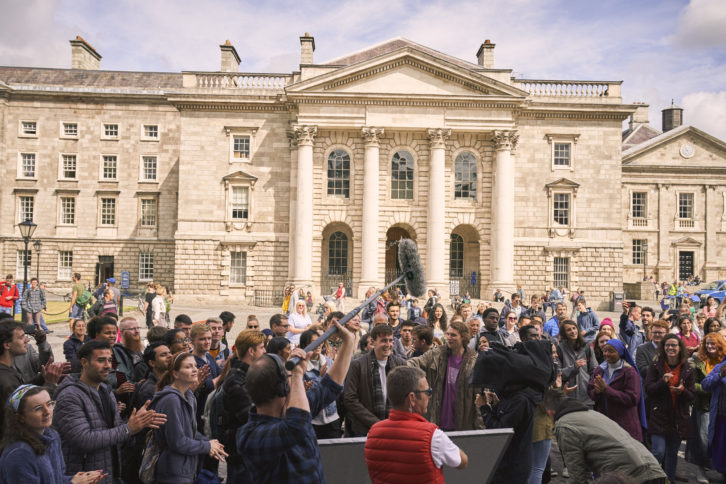
Staying true to Sally Rooney’s book, body language, gestures and looks were all key parts of the storytelling. Ensuring viewers were always present with the actors, and almost observing them, directors Lenny Abrahamson and Hettie Macdonald created an intimate, tight, interior world for the couple’s turbulent romance to play out, with the camerawork sometimes being placed very close up.
The series was shot by DP Suzie Lavelle BSC and Kate McCullough, using the ARRI Alexa with Canon K35 Vintage Primes. Irish facility Outer Limits completed picture and sound post.
Gary Curran, colourist and company director at Outer Limits, enjoyed the effect the glass had on the final look. “They flared quite a bit, and had a real softness to their highlights and contrast. I didn’t actually have to do very much in the DI as there was just this beautiful filmic quality already.”
He continues: “Grading is an instinctive process for me, and I’ve been lucky to work with Lenny for more than 20 years, so there wasn’t a formal or prescriptive brief. We wanted to keep things as natural as possible, and just embellish on the amazing work that Suzie and Kate did.”
Catering to Locations
Throughout the series, each location and point in time has its own world. This wasn’t just in the grade, but in everything; from production design and costume, to cinematography and direction. Curran adds: “When the characters are in school, we reflected the greys and blues of the uniform.
“Then the story evolves to their university years at Trinity, where the colours get richer – a warmer hue of reds, oranges and browns. The following sequences in Italy were bright and sharp, which made a stark contrast to when Marianne’s character is in a dark place in Sweden.”
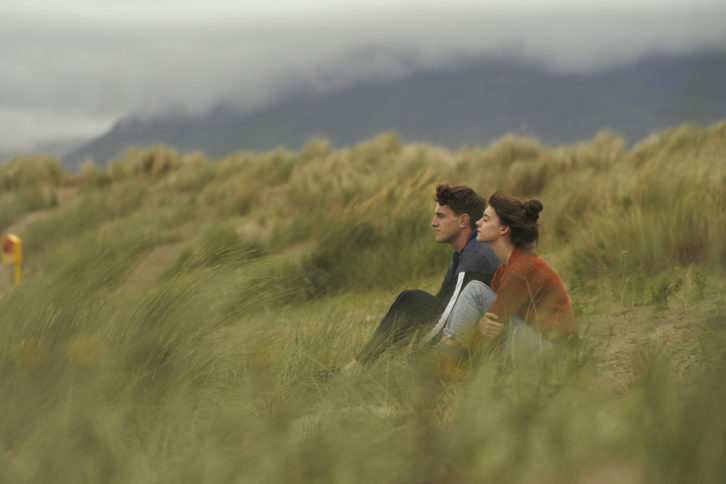
Curran explains that many of the interior shots in Sweden were actually filmed in Dublin, so there was some shot matching to the exterior scenes, which were graded with low, bleak light, reflecting Marianne’s state of mind. “I used DaVinci Resolve’s offset button to get a base grade as a first step, which is almost equivalent to the printer lights in the old way of doing things. You really find the sweet spot of what the DPs have captured, and after that it was about allowing the footage to sing.
A Timeless Classic
“Looking back we had a feeling that Normal People might be a show that lasts,” reflects Curran. “And I’m not surprised at its success, it was a very talented team. I made the decision early on to grade in the ACES colour space so that we had the option to go back to it in a couple of years and remaster the footage in HDR.”
He adds, “ACES is excellent for future proofing, but it does get a little difficult with bright lights, such as on a police car or with fairy lights. I used the colour space transform node in DaVinci Resolve, which was particularly handy in terms of managing the extreme brightness and colour in ACES. That was the only real technical challenge during post.”
Normal People was the first time Outer Limits has handled all aspects of post production. “We did the VFX, the offline edit in Media Composer, the sound mix in ProTools, as well as the online and final deliverables in Resolve. It was a big step in terms of being a one-stop shop for us,” says Curran.
“The series has become such a phenomenon, and as a smaller company, it’s amazing to have something like this on your profile, on your resume.
“When potential clients are coming and looking at our work, we can say not only do we do big projects – we did Normal People.”
